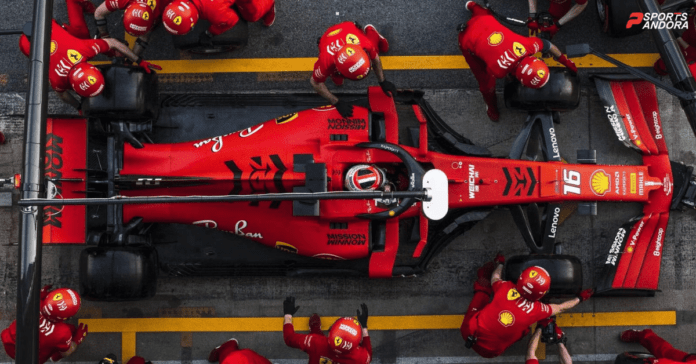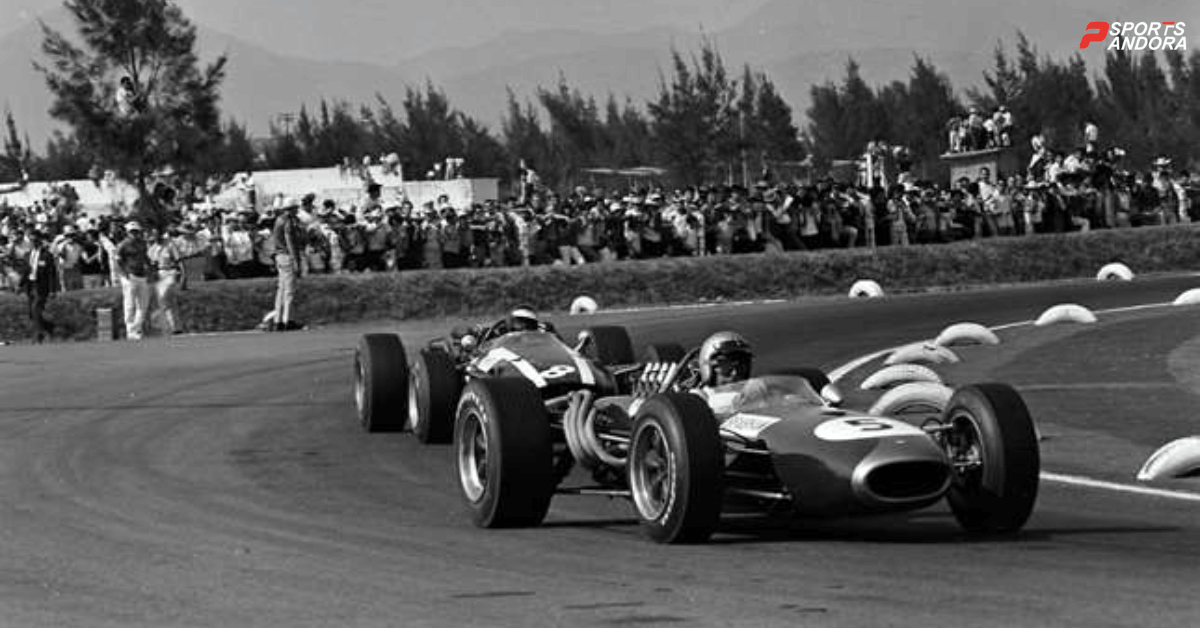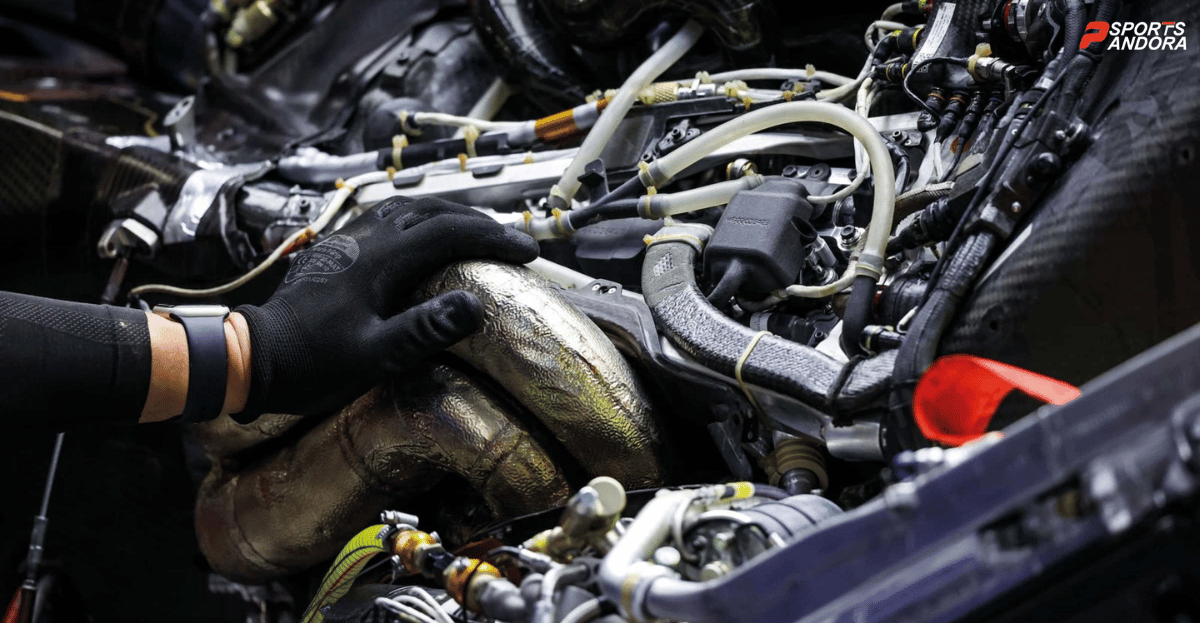Since its inception, Formula One has been at the forefront of technological advancements in the world of motorsports. The sport has witnessed a remarkable evolution in technology, transitioning from classic cars to the cutting-edge hybrid power units we see today. This article takes a deep dive into the fascinating journey of Formula One technology, highlighting the key milestones and innovations that have shaped the sport over the years.
I. The Pioneering Years
Classic Cars and Mechanical Ingenuity In the early years of Formula One, classic cars ruled the tracks. These machines were characterized by their simplistic yet elegant designs and raw power. The engines, typically front-mounted, were predominantly fueled by gasoline and lacked the sophisticated aerodynamic features we see today. However, even in these nascent stages, technological advancements were paving the way for future developments.
II. Turbocharging Revolutionizes the Sport
Transitioning into the 1970s and 1980s, Formula One experienced a paradigm shift with the introduction of turbocharging technology. Moreover, this innovation brought about a substantial increase in engine power and efficiency, propelling cars to new levels of speed. Teams started experimenting with intricate turbocharger systems, improving engine performance while contending with the challenges of managing turbo lag.
III. Aerodynamics Takes Center Stage
The late 1970s witnessed a significant focus on aerodynamics in Formula One. Teams recognized the impact of reducing drag and increasing downforce, enabling cars to maintain higher speeds through corners. Ground-effect aerodynamics, pioneered by Lotus, saw the introduction of sleeker designs and innovative underbody elements to optimize airflow. The era of wings and spoilers had begun.
IV. The Rise of Hybrid Power Units
In recent years, Formula One has embraced a new era of technology with the introduction of hybrid power units. These advanced systems combine a V6 internal combustion engine (ICE) with Energy Recovery Systems (ERS) to harness both traditional and electrical power sources. The integration of kinetic energy recovery (KERS) and heat energy recovery (HERS) systems allows for increased power output and improved fuel efficiency, aligning with a broader push for sustainability in motorsports.
V. Tech Innovations Enhancing Performance and Safety
Beyond hybrid power, Formula One has seen several technological advancements that have revolutionized performance and safety. However, the introduction of advanced telemetry systems enables teams to collect real-time data on various parameters, optimizing strategies and enhancing driver performance. Simulations and virtual reality tools aid in car development and driver training, while safety features like the halo device and energy-absorbing barriers have significantly improved driver protection.
READ MORE: Rules in Formula One
From the classic cars of the past to the hybrid power units of the present, Formula One technology has come a long way. However, the sport’s relentless pursuit of innovation has not only pushed the boundaries of speed and performance but also spearheaded developments in automotive technology as a whole. As Formula One continues to evolve, one can only imagine the technological marvels that lie ahead, further cementing its position as the pinnacle of motorsports innovation.




